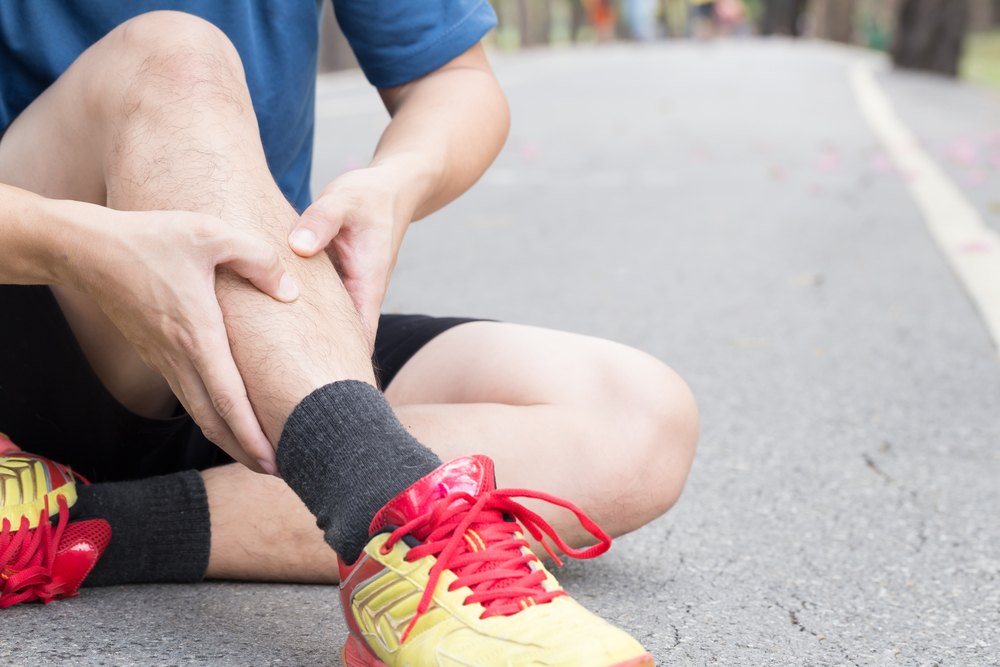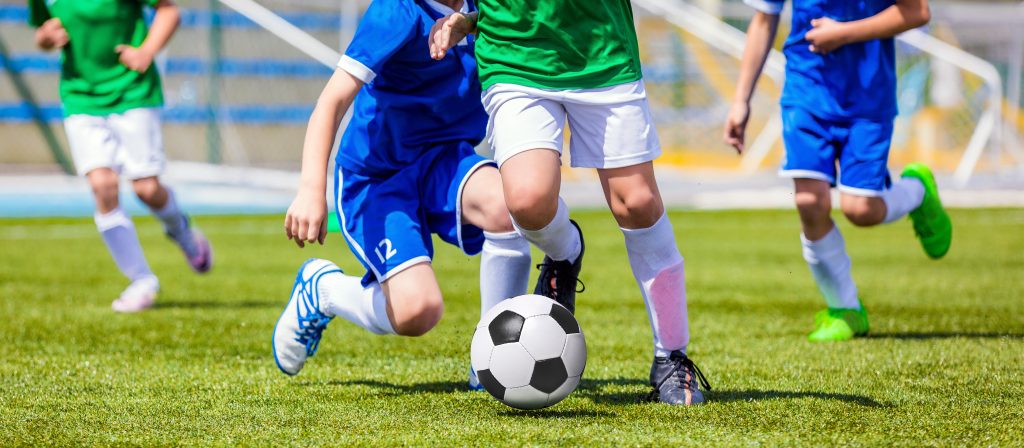How to Fix and Prevent Preseason Shin Splints
The footy and netball season is fast approaching, which means pre-season training is here. This often means time trials and lots of running as you work towards maximising your fitness and conditioning your body for the upcoming season. This training can be gruelling and is often where the dreaded ‘shin splints’ rear their ugly head. Sound familiar? If so, then keep reading as we are going to help you understand what shin splints are, why you can get them and what you can do to prevent and recover from them.
What are Shin Splints?
“Shin splints” is a general term used to describe pain in the lower leg that occurs either along the front or inside of your shin bone (tibia). The correct name is Medial Tibial Stress Syndrome (MTSS). Shin splints are an overuse injury involving the muscles that attach from the shin bone (tibia) to the foot. The pain gets worse when you run or do high impact activities as micro-trauma and inflammation develops in the shin bone, and if pushed far enough can lead to a stress fracture.
Signs & symptoms of Shin Splints
The way shin pain feels and presents can be different for everyone however the following signs or symptoms are commonly reported:
- Pain or tenderness along the inside of, or front of your shin bone.
- Pain may range from a mild ache to severe burning.
- Pain generally occurs in the middle to lower third of the shin bone.
- The pain usually occurs at the start of activity or sport and can reduce as activity continues.
- Over time the intensity of pain can increase and get worse the more you train and can last for extensive periods after training when it is chronic.
If you are suffering with shin pain don’t try and ‘run it out’ or wait until you can hardly walk. Get help early and see your podiatrist as early as possible. Getting the right advice will help set you up for success this season.
“Shin Splints are one of the most common issues we see in footballers and netballers at the start of the season”
What causes Shin Splints?
Lots of research has gone into the cause of shin splints. Evidence suggests that certain foot types can be part of the problem, but the big issue is often changing your training load too quickly. This is why shin splints are common during the preseason as lots of running is done to improve fitness.
Risk factors that can increase load on the shin muscles and tibia include:
- An increase in the duration, frequency, or intensity of training.
- Running on uneven or hard surfaces.
- Tight or weak lower leg muscles i.e., calves and Achilles.
- Poor foot mechanics including flat feet and high arched feet.
- Poor footwear
- Being overweight
- Inadequate warm up
- Poor ankle function or a history of ankle injury.

What can you do to prevent Shin Splints?
The old saying goes ‘prevention is better than cure’ so here are some simple things you can do to reduce your risk of developing shin pain:
- Increase training load slowly and avoid making rapid and large changes in running time or intensity.
- Include recovery time during training.
- Allowing a rest day between big run days.
- De-load the shins by cross training with a lower impact activity like swimming or cycling.
- Buying shoes matched to your activity.
- Strengthen and stretch the calf muscle complex.
- Vary your running surface with some grass or sand rather than just hard surface running.
- Ensure you are getting enough quality sleep.
“One of the biggest myths about Shin Splints is that rest fixes it!”
What do you do if you have already developed Shin Splints?
Most people think rest is the solution. Although rest can allow the shin pain to settle it unfortunately does not fix the underlying cause of your pain. This means when you resume running the shin pain can rapidly come back. On top of this, when you rest the whole body goes through ‘deconditioning’, meaning you lose your strength, endurance, and flexibility. This often causes more issues and increases your risk of additional injury.
We find the foot and leg biomechanics can play a significant role in the development of shin splints. When you walk or run your feet should ideally pronate (roll in) a little to help your shock absorption and allow your feet to adapt to the surface you are running on. When your feet excessively pronate (roll in too much) this can cause the calf complex and muscles attaching to the shin bone (tibia), to overwork as they try and slow down this excessive foot movement. Conversely, high arched feet often lack shock absorption potential because they don’t pronate or roll in enough. Having poor foot shock absorption will transfer the load and forces onto the tibia (shin bone) and can cause inflammation and shin splints.
So, assessing how your body moves, your flexibility and strength, and your foot mechanics is often the key to helping you recover from and prevent recurring shin splints.

Treatment can involve:
- Footwear assessment – to ensure your shoes match you and your planned activities correctly.
- Corrective exercises – designed to strengthen and stretch the foot and leg muscles to help your shins deal with the training load.
- Massage and dry needling to assist the release of excessive muscle tension.
- Orthotic insoles – can support your foot and change the load and stresses being applied to your shins and associated muscles.
- Foot Mobilisation Therapy – to correct the alignment of the foot structures and improve the foot flexibility to help with shock absorption.
- Training load and type of training management.
- Shockwave therapy – to assist muscle healing.
- Taping and strapping – to assist in offloading the shins and lower leg muscles.
How we can help you fix your Shin Splints
The key to solving your shin splints is to diagnose why the shin bone tissue is being inflamed and sore in the first place. A detailed biomechanical examination will usually reveal ankle joint dysfunction, calf muscle tightness and a foot that is either too stiff, or too unstable and flexible. To help confirm the correct diagnosis we usually use x-ray’s that are specially taken when standing up so we can see exactly how your foot function is causing excessive load and strain to the shins, and if there has been any bone remodelling stress showing in the shin bone. Sometimes additional tests like MRI or bone scan can be required when there is suspicion of a stress fracture.
We then develop a tailored treatment plan to restore the ankle and foot function to reduce the load to the shins. Once this load is managed your body can get to work and heal the inflamed tissue and your shin splints can become a thing of the past.
If you have history of shin splints or are getting niggles in your shins with the preseason training load, then then simply call Raquel at our Kent Town centre on 8239 0800 or Wendy at our Glenelg centre on 8294 0100 for an appointment today; or CLICK HERE to book your no-obligation shin pain assessment today.
As a special bonus for taking the time to read this article, I would also like to offer you our complete no-obligation shin pain assessment for ONLY $25 (normally $97). And, if you have a mate who is suffering with shin pain and shin splints please share this article with them – it might just be the information they need to help them fix their shin splints once and for all.
Wishing you the best of foot health.






No comments yet.